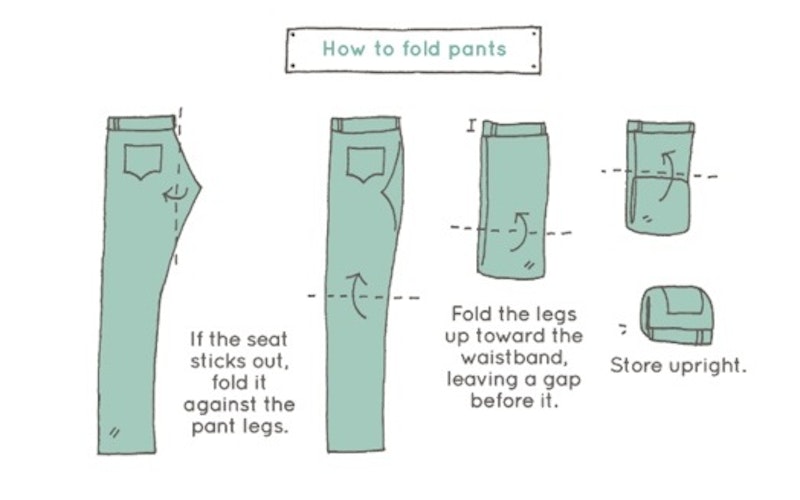
Culture At Large
The Overlooked Virtue of Marie Kondo
It seems like a lot of people respond to Marie Kondo’s KonMari method of organization in the same way I did when I first heard about it: with a mixture of attraction and repulsion. Kondo’s first book, The Life-Changing Magic of Tidying Up, encourages methodically purging and organizing different categories of objects. Her recently published second book, Spark Joy, asks an important question about that purging process, as well as of new purchases: does this spark joy? The book also promises more detail on Kondo’s organization and storage methods.
The most common critiques of Marie Kondo and her method suggest she is not alert to certain realities, especially those faced by parents of young children. The ambivalence I feel is linked to the way some of her methods seem silly, either because of their specificity (particular ways to fold t-shirts, socks, etc.) or their solemnity. (She tells readers to hold objects in both hands to evaluate them. She encourages readers to talk to and thank their possessions.)
When I opened Spark Joy I expected some of the same things I hate about most trendy philosophies attempting to address American excess: a general sense of guilt or shame over my inability to control my "too-muchness” and a series of arbitrary but very strict rules. Basically, a secular legalism lacking grace or a worldview to structure its own rules. While Spark Joy does get quite specific in its advice, Kondo's approach is nonetheless far from legalistic. Her opening and concluding sections reveal some important insights about her ultimate goal: to make a better life to share with others.
I know nothing about her religious background, yet her gentle approach to loving relationships, especially with others in your home, resonates with important things I have learned about grace from the Bible and other Christians. Toward the end of the book, she offers beautiful anecdotes about relationships. In one, a client resents her husband and his many things, which she views as clutter. Kondo encourages her to physically touch his items and think about how they represent him and things that are important to him, both as a way to come to terms with her own home, but more importantly to grow to appreciate her partner. In another story, Kondo recalls a family trip to view cherry blossoms, and drinking a special pink drink out of glasses decorated with flowers. She then reflects on the way the love of her family reverberated in both her memory and her memory of the objects involved.
Self-improvement projects should ultimately serve the community, rather than our own sense of smug virtue.
Rather than feeling scolded about my disorganized drawers and closets, Kondo's book encouraged me to reflect on the way objects in my life might represent relationships and values that matter to me. Her self-effacing writing suggests that her understanding of relationships as primary has been hard-won after many mistakes. She seems to offer a truth the Christian church can readily embrace: self-improvement projects should ultimately serve the community, rather than our own sense of smug virtue. The good life means good relationships first of all, not some arbitrary (if trendy) quantifiable achievement.
Prioritizing relationships is a goal of the Christian tradition of asceticism as well. Monks and nuns who take a vow of poverty often do so in order to better serve others and focus on their relationship with God. Lenten fasts are intended as a spiritual practice toward similar ends. Kondo doesn't attend to our relationship with God at all, for her spiritual welfare seems to reside primarily in our relationship with ourselves, or maybe the physical world, but her attention to relationships with others is nonetheless encouraging.
It may be difficult to keep sight of that when flipping through diagram after highly specific diagram illustrating methods for organizing cables and folding parkas. And certainly Spark Joy will not be a useful resource for everyone. Yet I was pleasantly surprised to see such a human, relationship-prioritizing approach from a popular "lifestyle guru."
Topics: Culture At Large, Arts & Leisure, Books, News & Politics, Social Trends, Home & Family